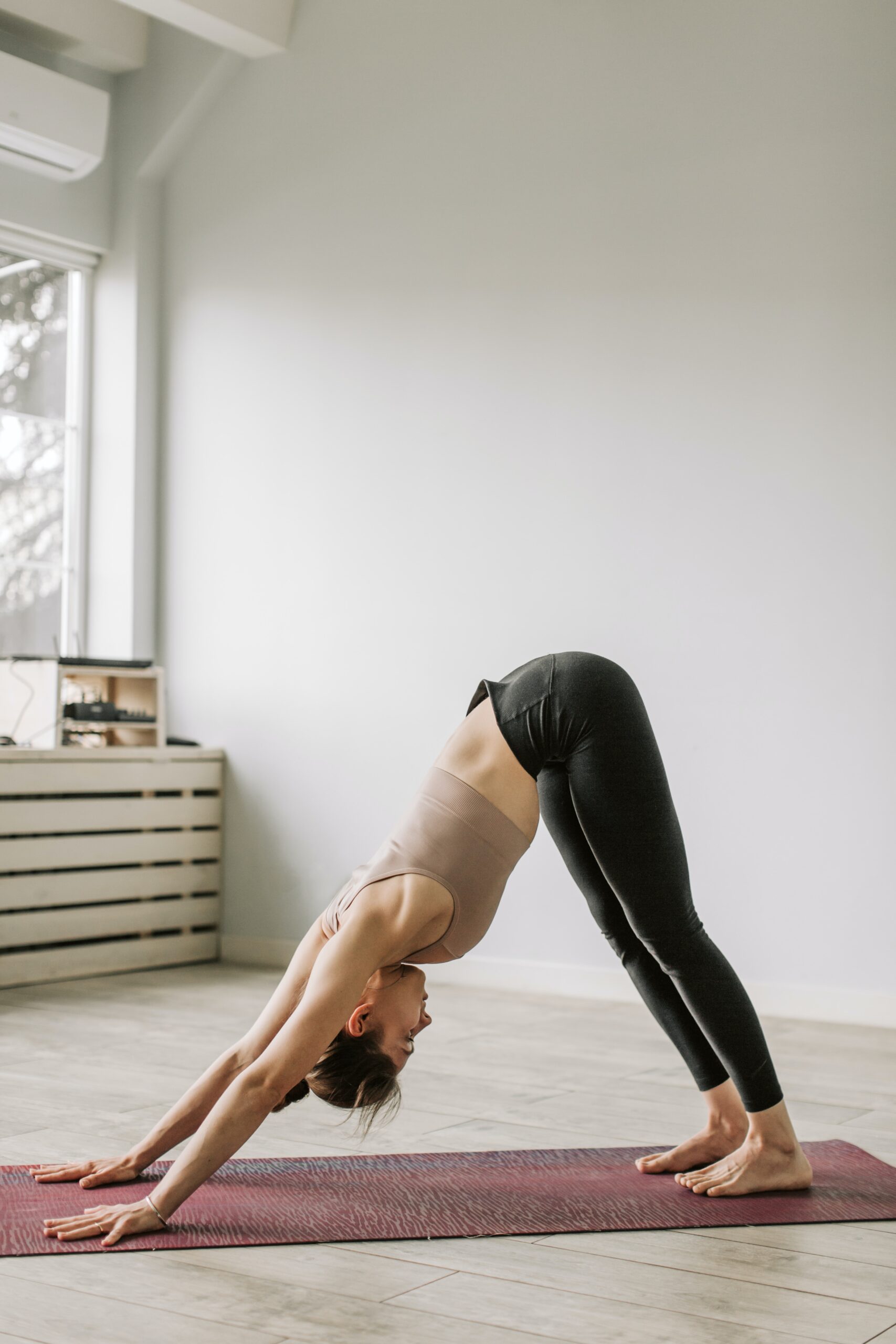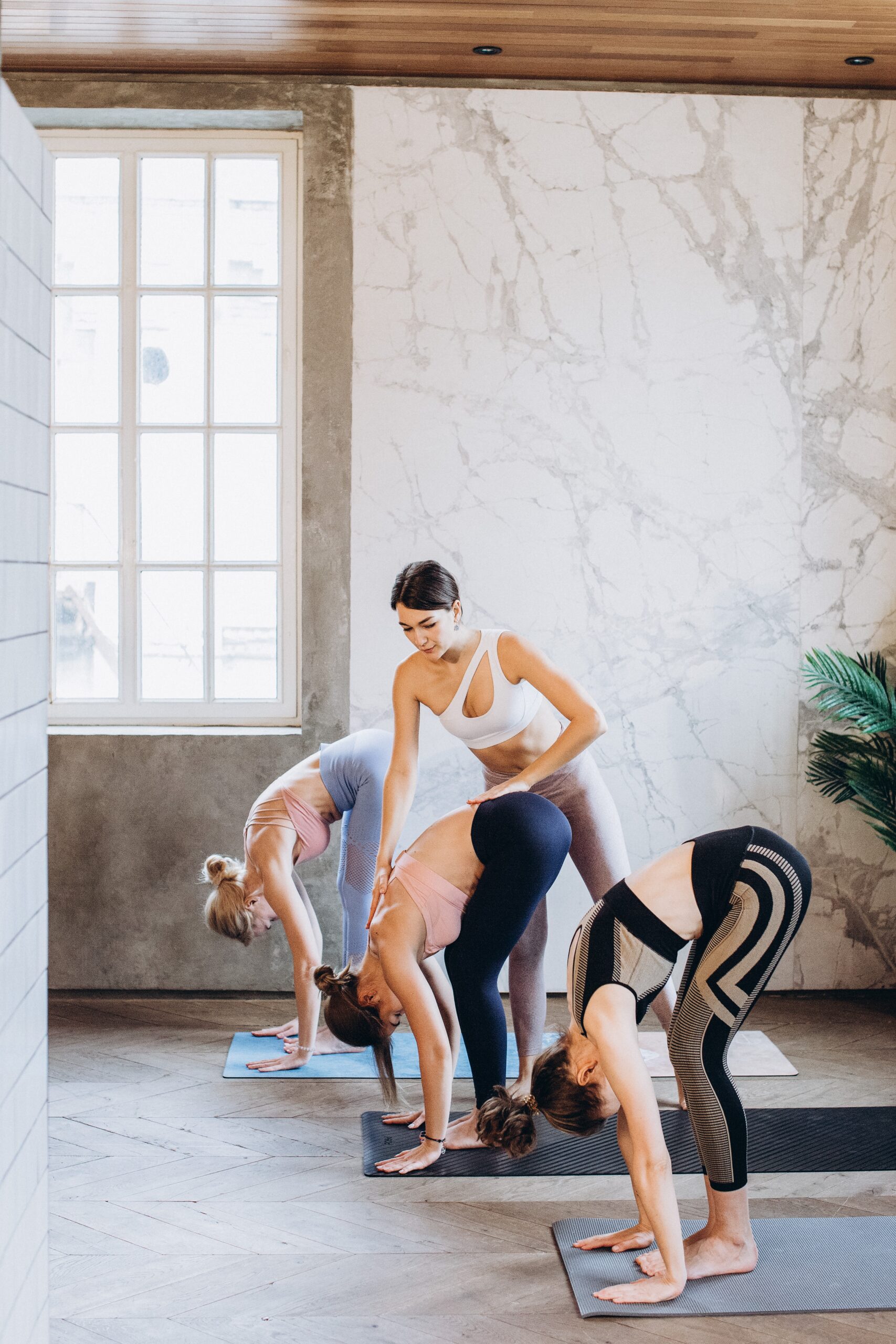Are you looking to try yoga, but you’re still wary of what to expect? Yoga is one of the most
common forms of fitness. It offers incredible benefits that include improved stress management,
enhanced flexibility, and better quality sleep.
You need to earn your yoga certification and begin to teach others. Yet, yoga instruction is a lot
more than learning a few popular poses to display confidently in front of a class.
Keep reading to learn more about how to be a great yoga instructor!
Exploring The 5 Aspects of Blissful Yoga Instruction

1. Mountain Pose
Mountain Pose, or Tadasana, is a blissful yoga instruction pose often used as the basis of many
yoga practices flows. As one of the foundation poses of yoga, it promotes groundedness and
builds a foundation for a deeper understanding of the other yoga poses. It begins standing with
the feet together, with the big toes lightly touching in a mountain-like stance. The body should
be in a neutral, relaxed position.
The shoulders drop away from the ears, the arms are extended out softly from the sides, and
the eyes are fixed on one point on the ground. The posture helps the practitioner to be mindful
and aware of the moment.
2. Forward Fold
The forward fold is a simple seated asana (yoga posture) that is energizing and calming. It
stretches the back, neck, and abdominals while stimulating the circulation of fresh blood to the
heart, from the feet up.
It also works to reduce stress and offer a sense of relaxation and calm. Performed correctly, the
forward fold can bring about feelings of bliss, leaving a student with a heightened sense of
clarity and well-being.
3. Plank Pose
The Plank Pose is one of the foundational poses of yoga classes that focuses on core strength
and stability, as well as teaches alignment in the arms and legs. It guides the yogi into a flowing
and mindful practice of this pose. By focusing on breath and alignment, with verbal cues, the
practitioner will be able to hold the pose while grounding the body and quieting the mind.
4. Downward-Facing Dog
When practising this pose, the arms and legs should be extended, the tailbone tilted upward,
the gaze focused inward and the breath slow and steady. Not only does this stretch the muscles
and tendons of the body, but it also helps to clear the mind, reduce anxiety and even alleviate
physical pain. As the body is held in the right alignment, the practitioner also benefits mentally
by feeling a deeper sense of relaxation and connection with the body.
5. Child’s Pose
Learning how to properly instruct blissful yoga is an important part of ensuring students are
practising in a safe and effective way. With a Yoga Certification, instructors gain the knowledge
and skills necessary to help their students understand and practice the poses.
One of these poses is Child’s Pose, which offers individuals a chance to find stillness and
become present with their bodies and minds. This pose is often used to reduce stress, fatigue,
and pain.
The key to blissful yoga instruction is an understanding of one’s own body and how to use it
properly. The more one knows the better the instruction, and the more easily one can adapt to
any yoga poses and practices. With knowledge of how to use the body and breath, one can
achieve a blissful yoga experience.


